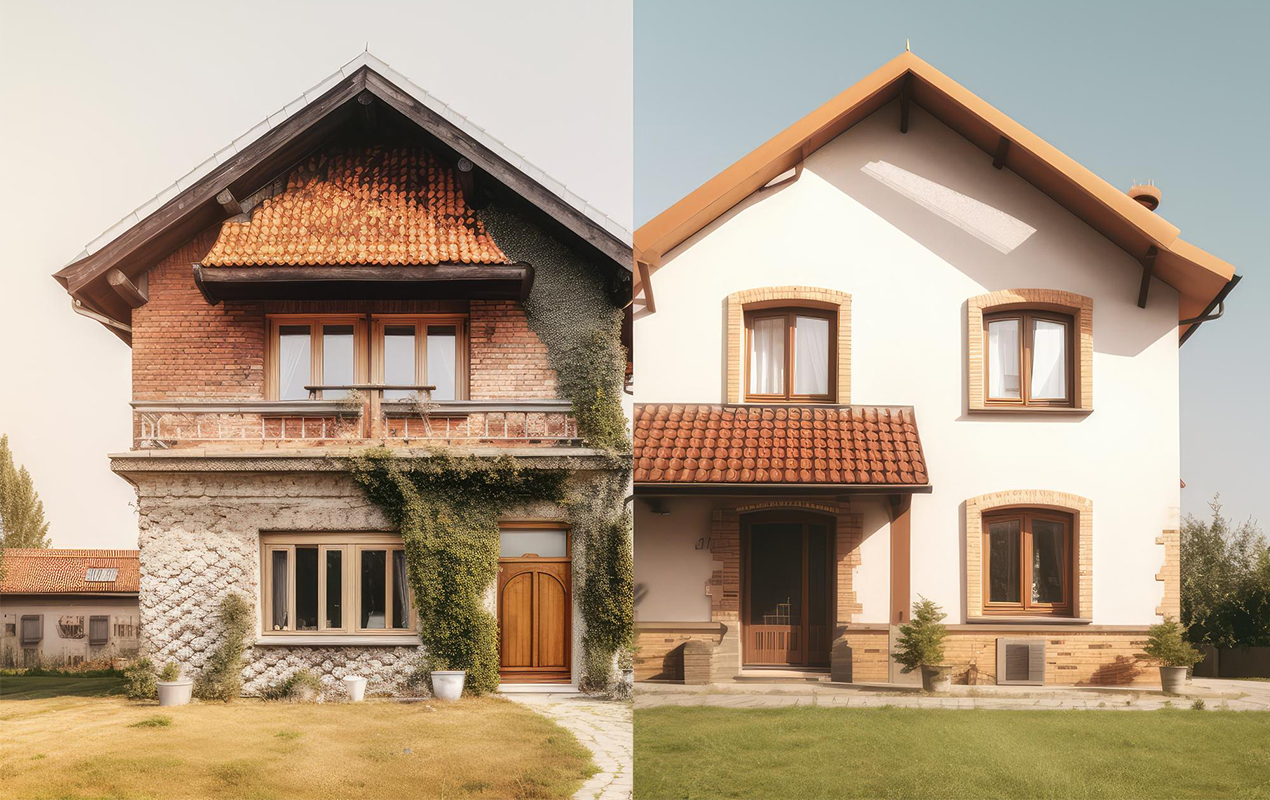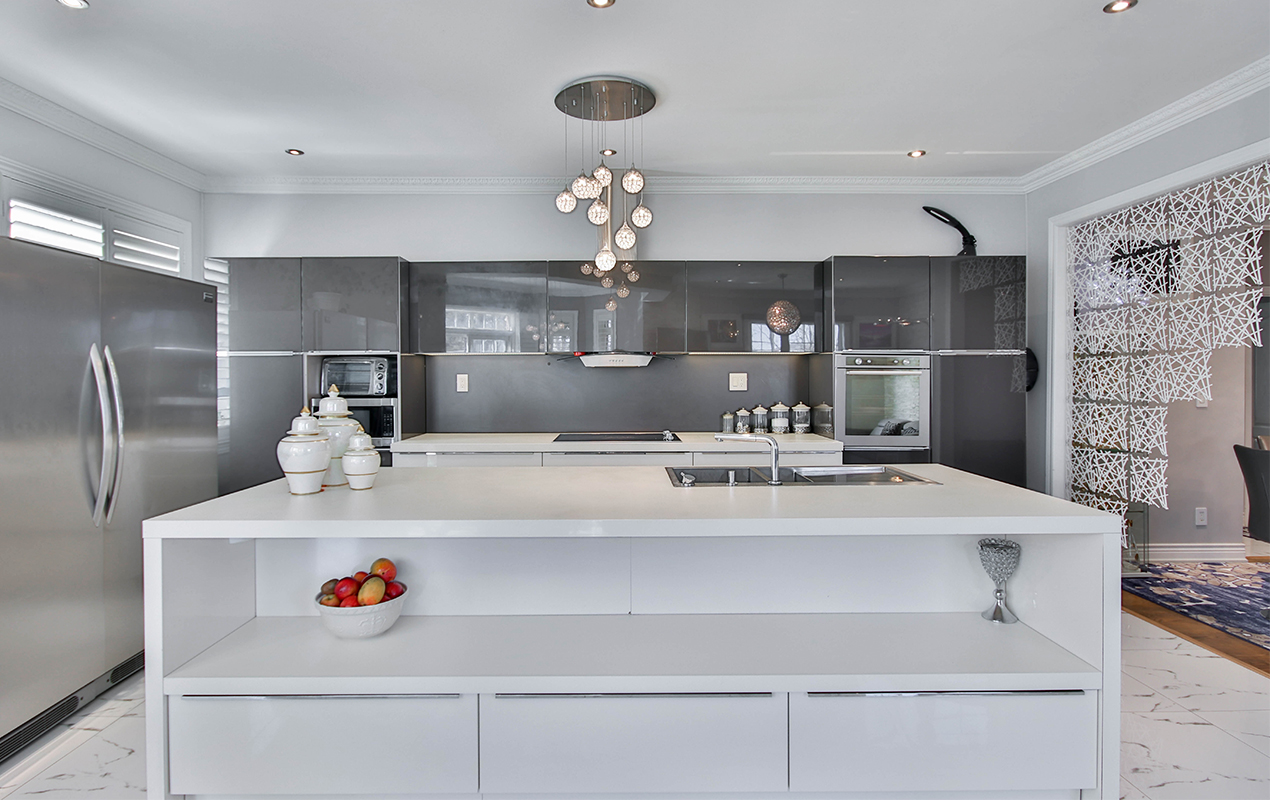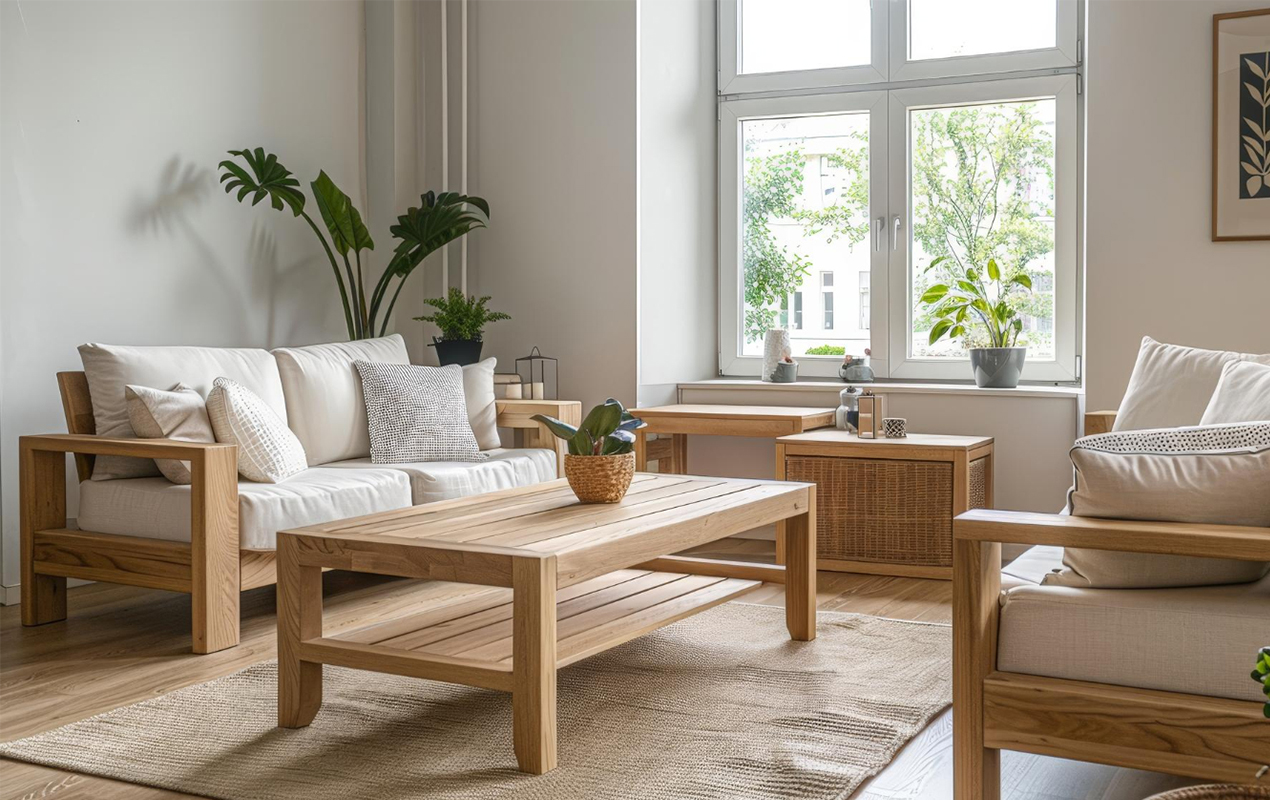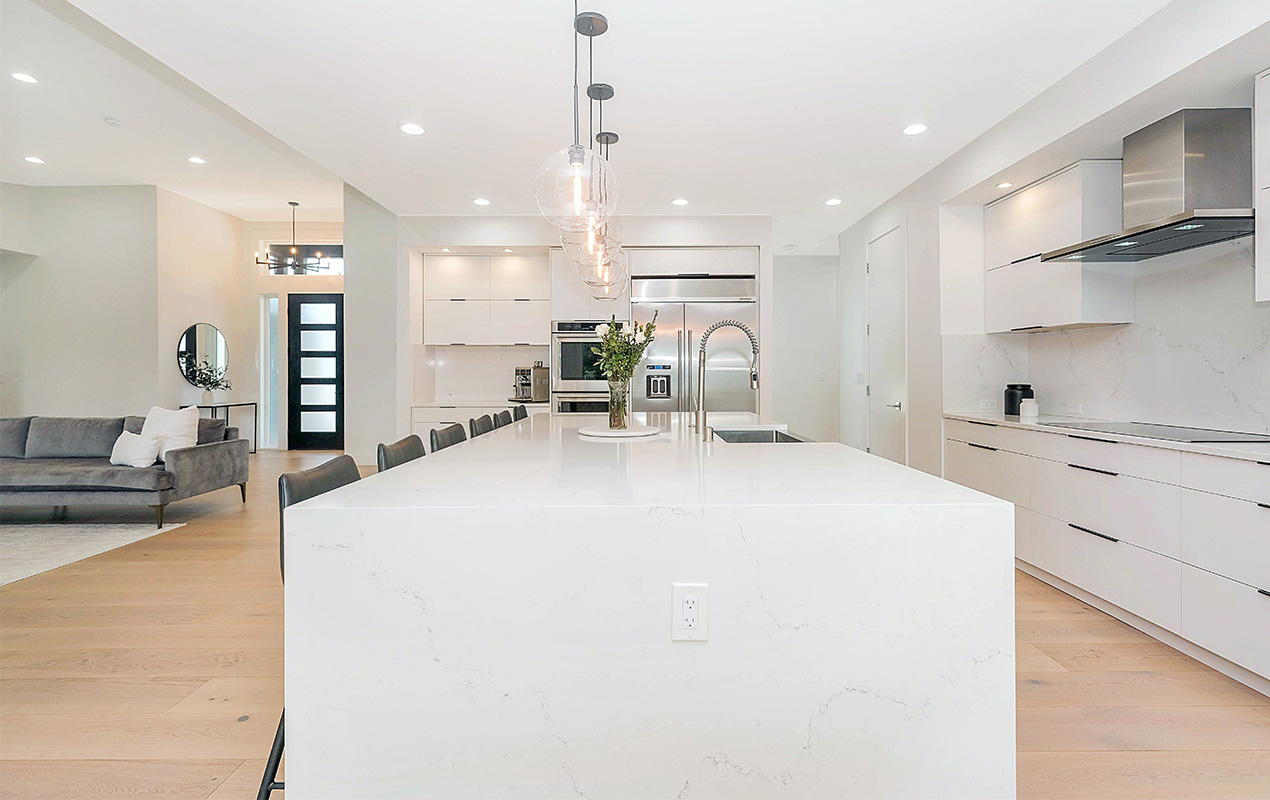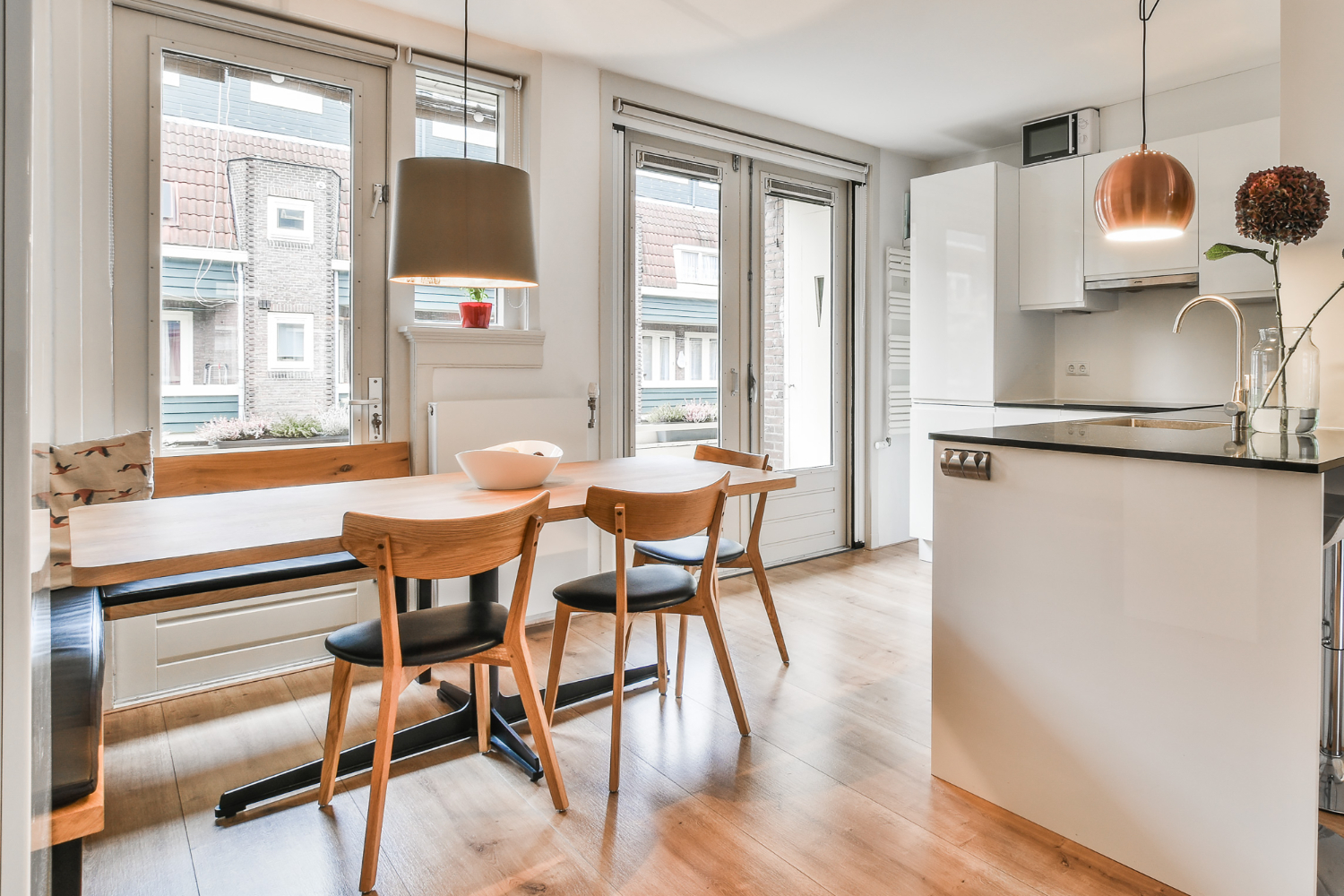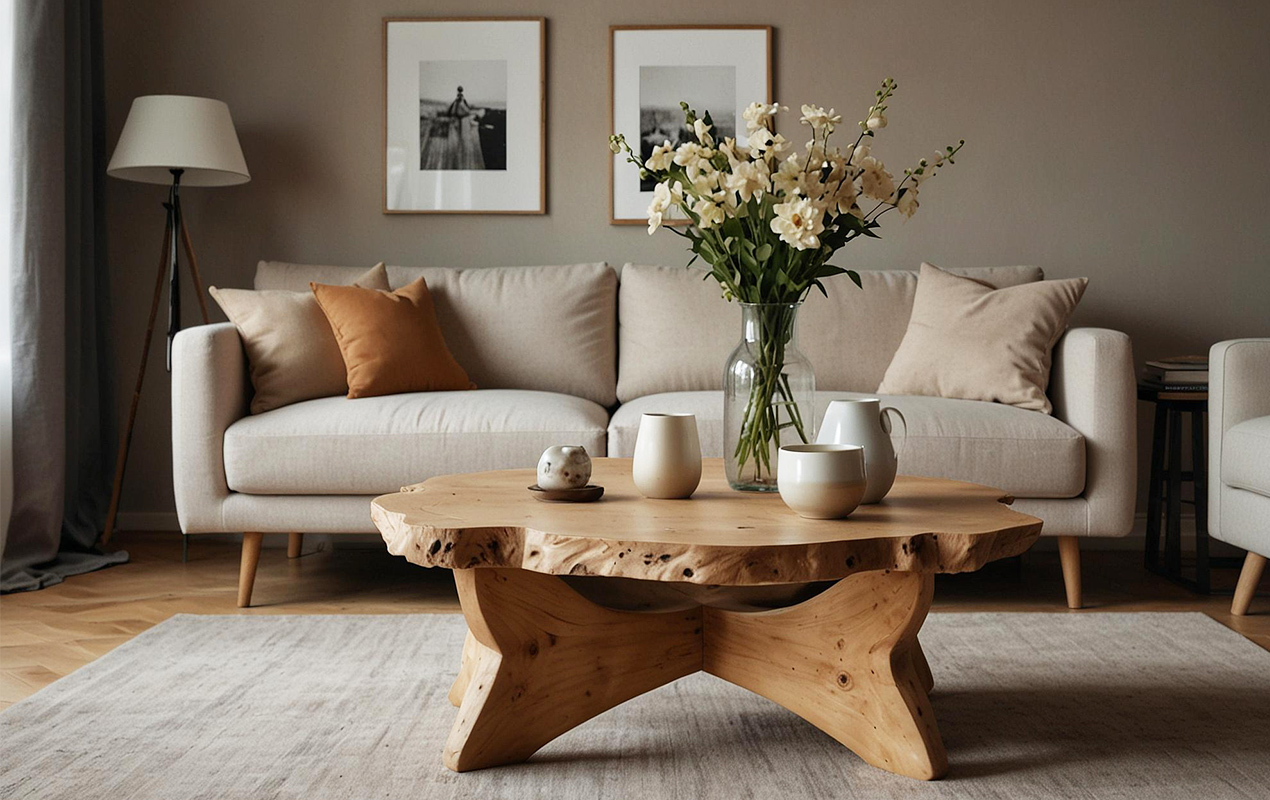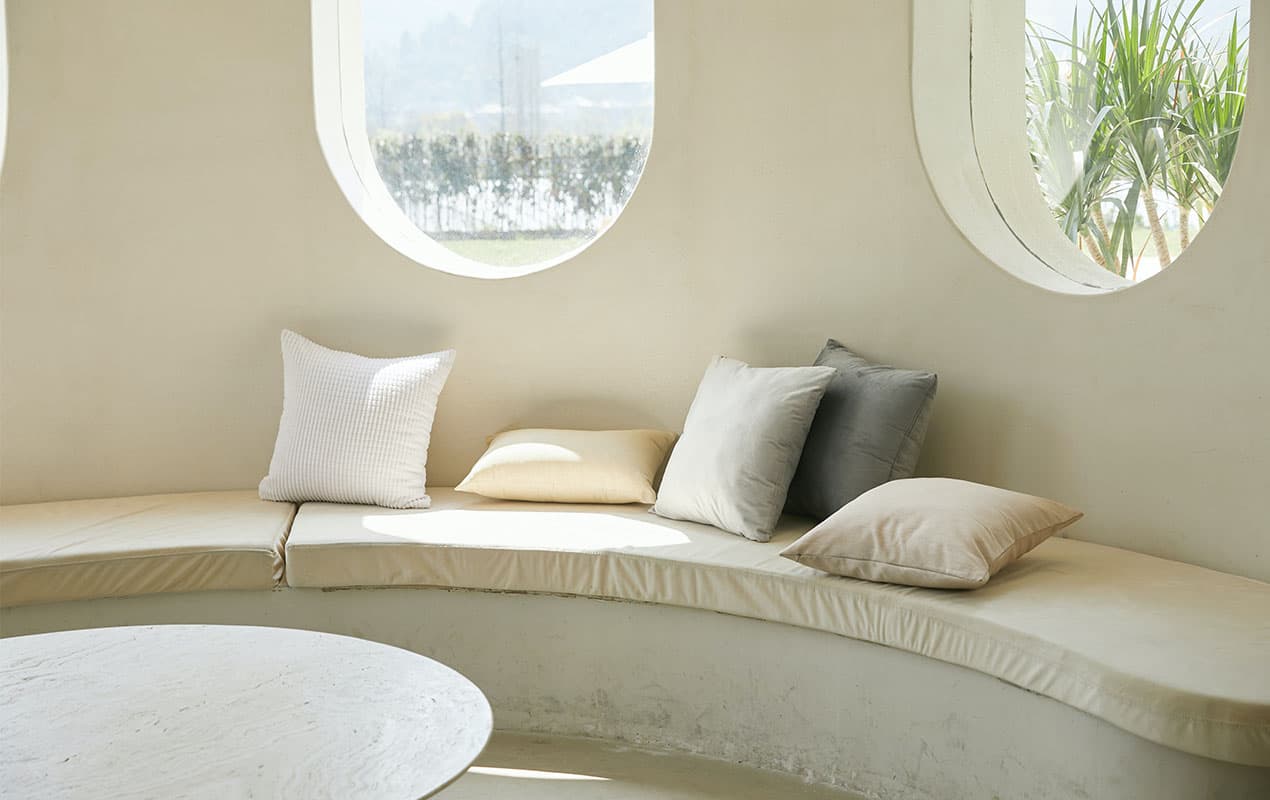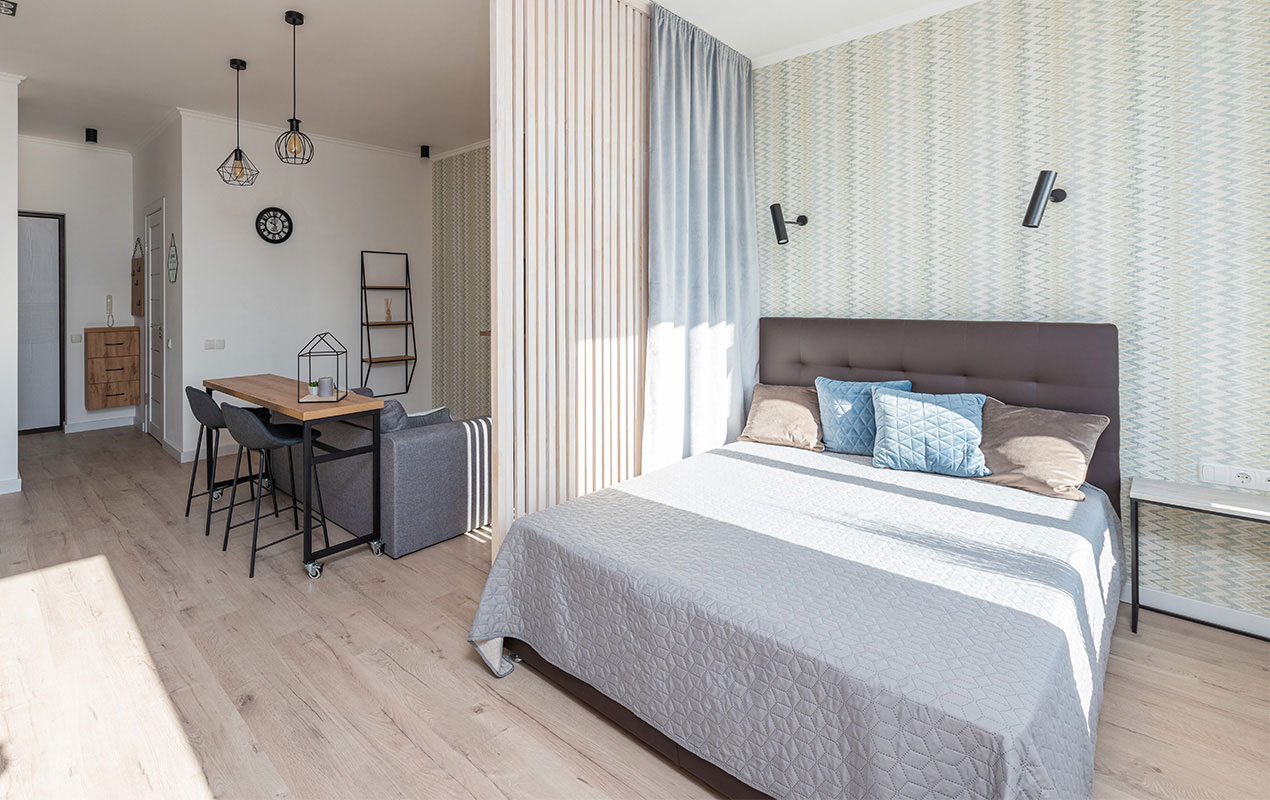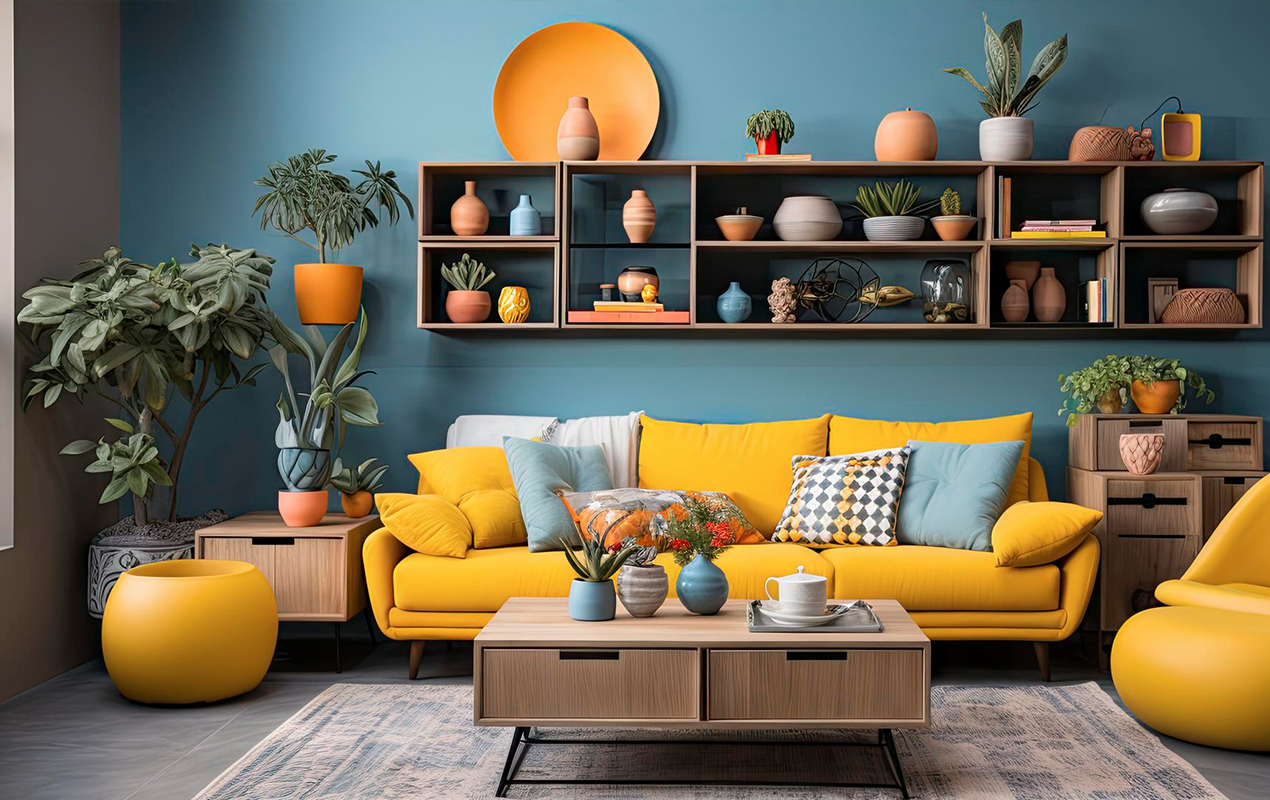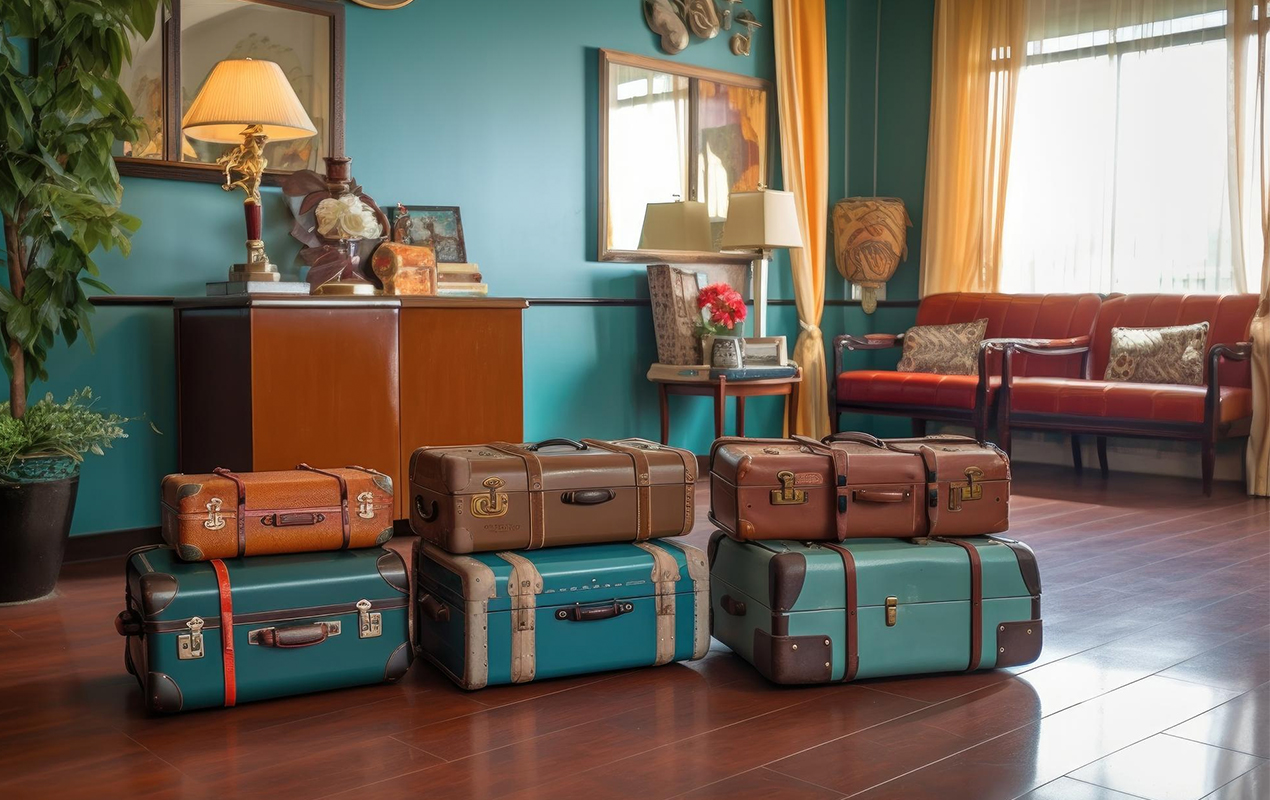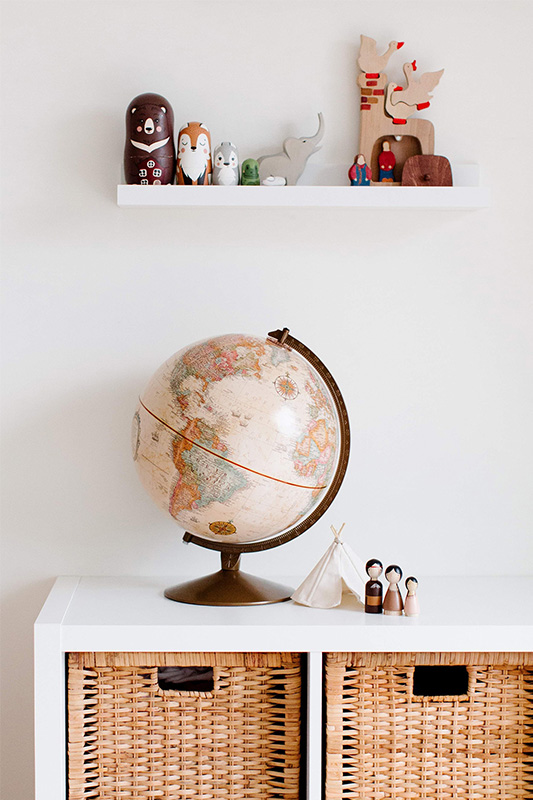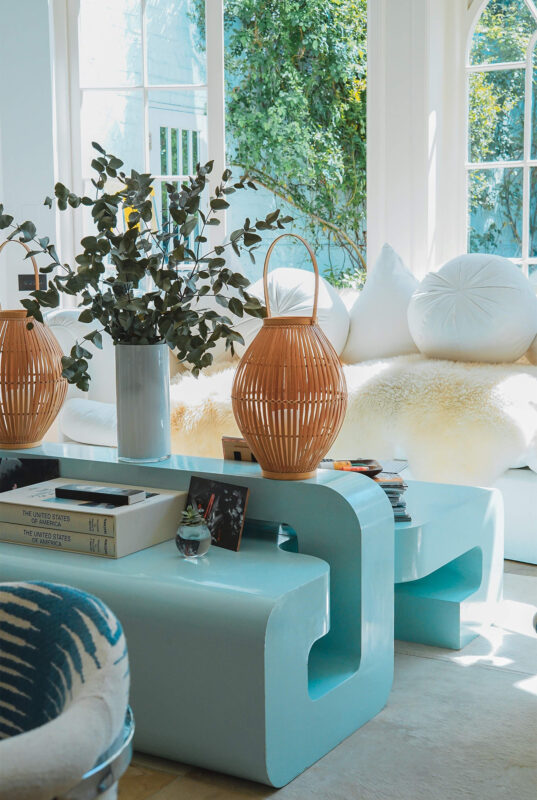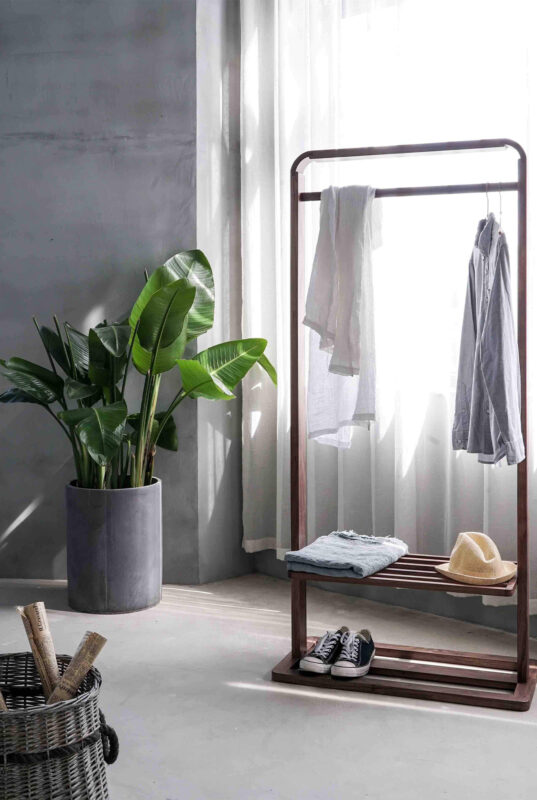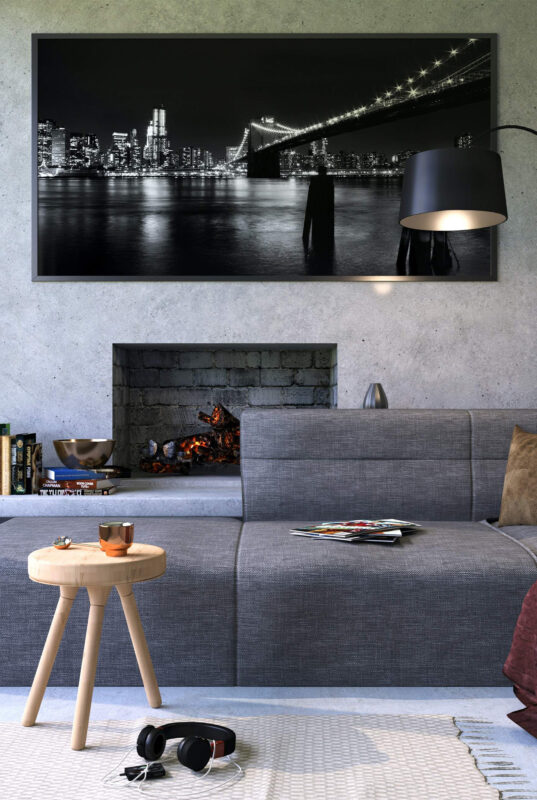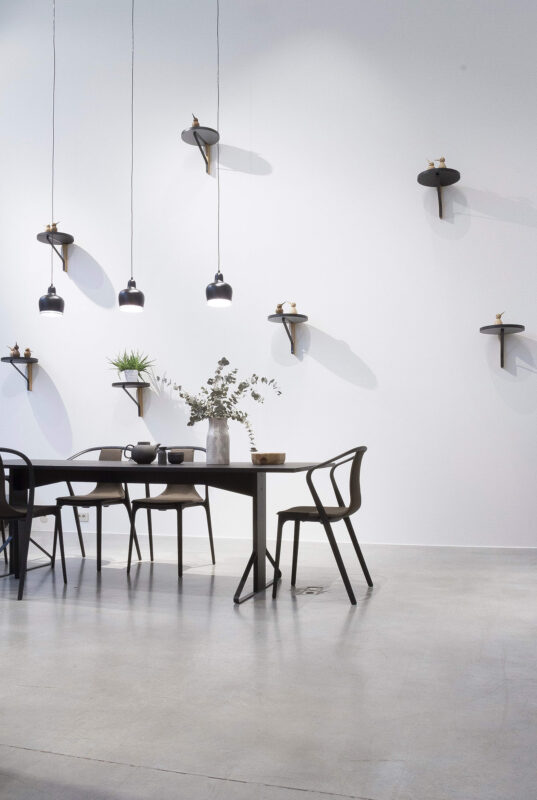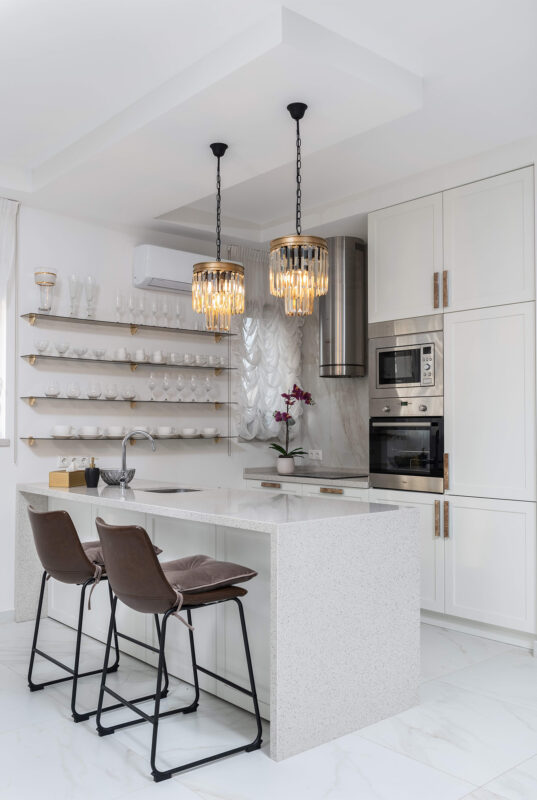Blog
The Hidden Downsides of Glass Coffee Tables
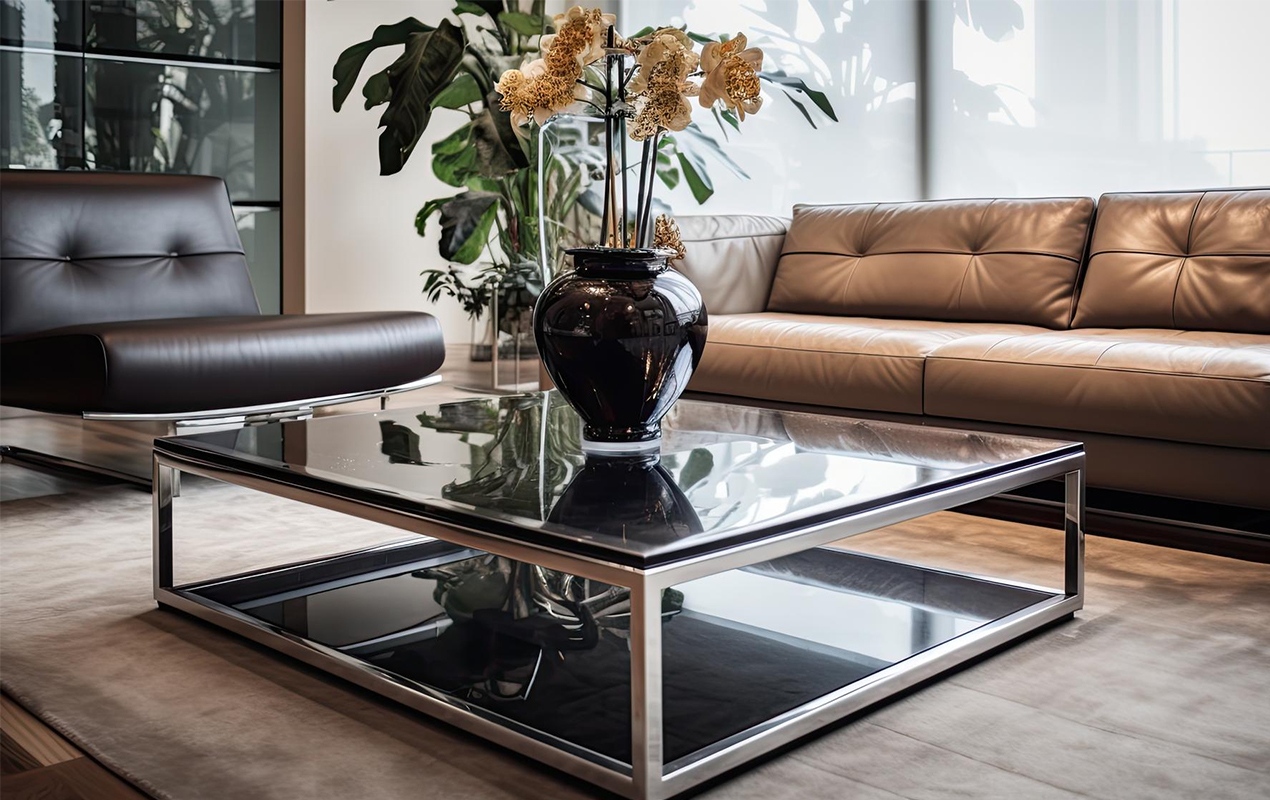
Glass Table Disadvantages
Glass tables, with their crystalline appeal, have forever been a display of modernity. Their ability to coordinate with diverse décor styles has made them a sought-after centerpiece in many homes and offices. The illusion of space they create from their transparent nature can make even the most cramped rooms feel airier and more open. What many glossy home décor magazines and blogs fail to mention is that glass tables come with a set of disadvantages. From their delicate nature to high-maintenance upkeep, there’s more to glass than meets the eye, at times turning the ideal table into a daily headache.
So, are glass tables all they’re cracked up to be? Are the drawbacks worth the aesthetic? Throughout this article, we’ll delve into the often-overlooked burdens, allowing you to make an informed decision before investing in this seemingly perfect piece.
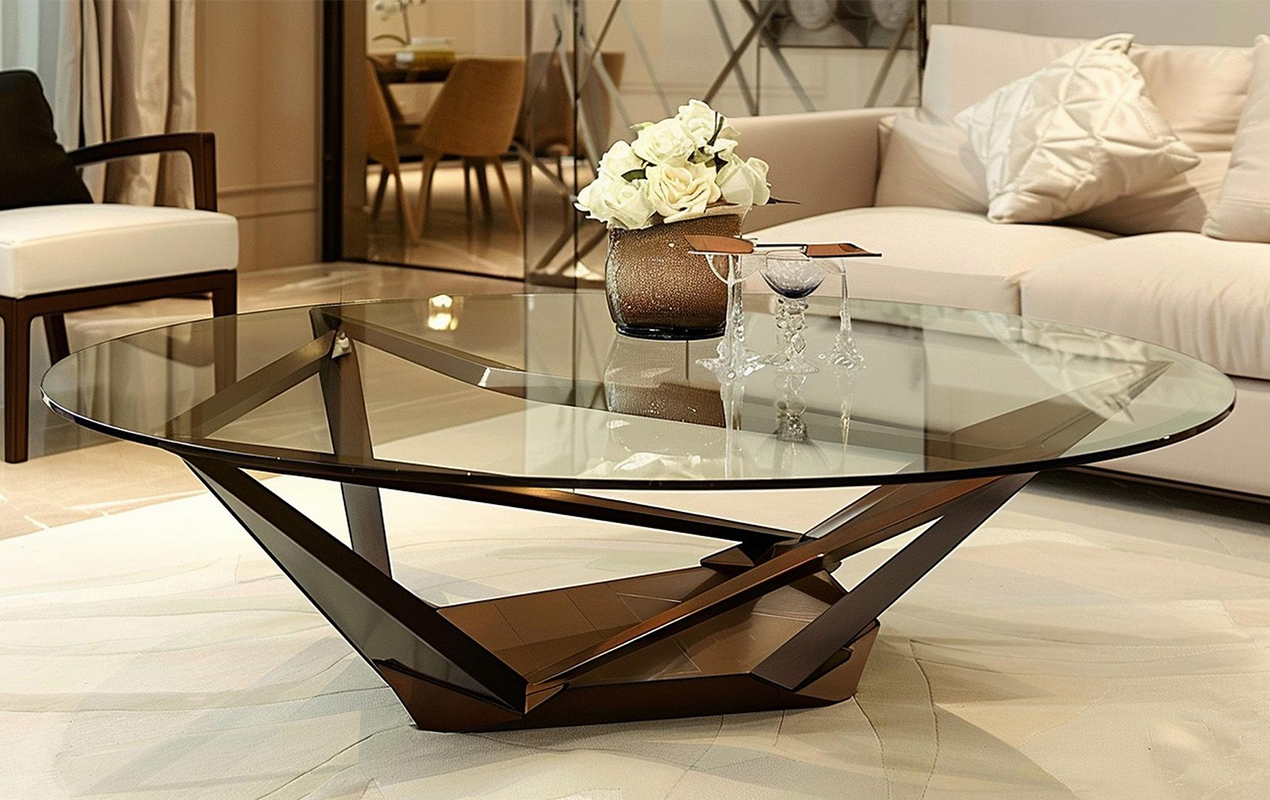
Photo by Iconpersona from Freepik
Glass Table Disadvantages: The Fragility Factor
The allure of a glass coffee table often fades when we factor in the fragility aspects. While tempered glass, the most commonly used, is designed to be stronger than regular glass, it’s not invincible. Chips and cracks are the most typical casualties, appearing seemingly out of nowhere, often from an unnoticed bump or the settling of a heavy dish. These blemishes not only mar the table’s appearance but also weaken its structural integrity, making it increasingly susceptible to further damage.
Unlike wood or metal, which often withstands minor wear and tear, glass requires a gentler touch. A misplaced elbow, a dropped toy, or even a sudden temperature change can leave your once-immaculate table spoiled with unsightly damage. This fragility poses a particular concern for households with children or pets, with their boundless energy and occasional clumsiness, notorious for accidents. In such households, glass can become a constant source of anxiety, with every clatter or bump raising the question: Is the table still intact?
That being said, it’s crucial to weigh the fragility factor carefully before investing. If you have a bustling household, or if you’re simply prone to clumsiness, glass might not be the most practical for your setup.
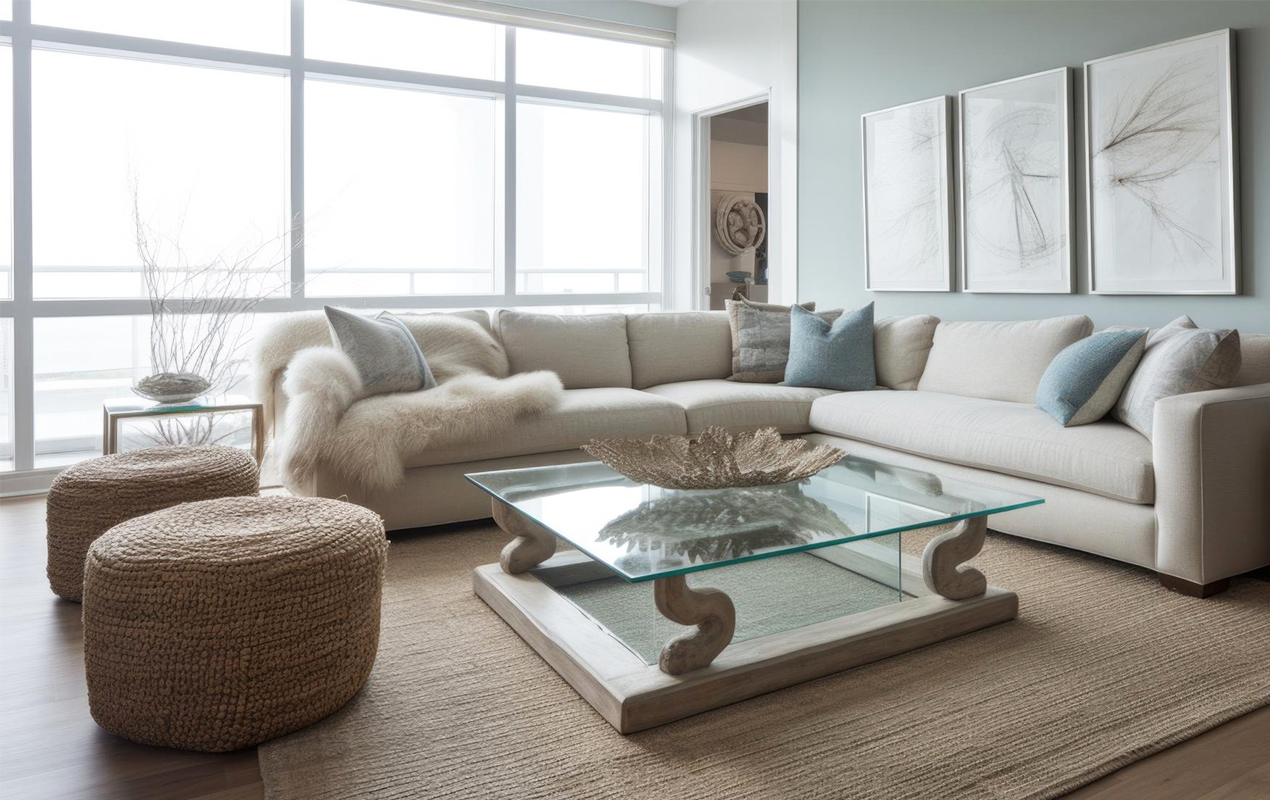
Photo by Frolopiaton Palm from Freepik
The High-Maintenance Headache
With its smooth, reflective surfaces, glass has an uncanny ability to showcase every touch, smudge, and speck of dust. From greasy fingerprints left by snacking kids to cloudy water rings from forgotten glasses, glass can quickly reshape from a showpiece to a messy eyesore. Even dust, which might be barely noticeable on other surfaces, seems to take center stage on glass, clinging stubbornly and obscuring its shine.
Maintaining the illusion of a spotless table requires a level of dedication bordering obsession. You’ll find yourself reaching for the glass cleaner and microfiber cloth multiple times a day, waging a never-ending battle against fingerprints, streaks, and dust bunnies. Spills also become a nuisance, as you race to blot up liquids before etching rings into the surface. Even the simple act of rearranging items on the table can leave behind a trail of smudges, requiring yet another cleaning session.
For those who value a low-maintenance lifestyle, glass can become a consistent source of frustration. The endless cycle of cleaning and polishing, one of the most cited glass table disadvantages, can quickly wear on your patience leaving you questioning whether the aesthetic is truly worth the effort.
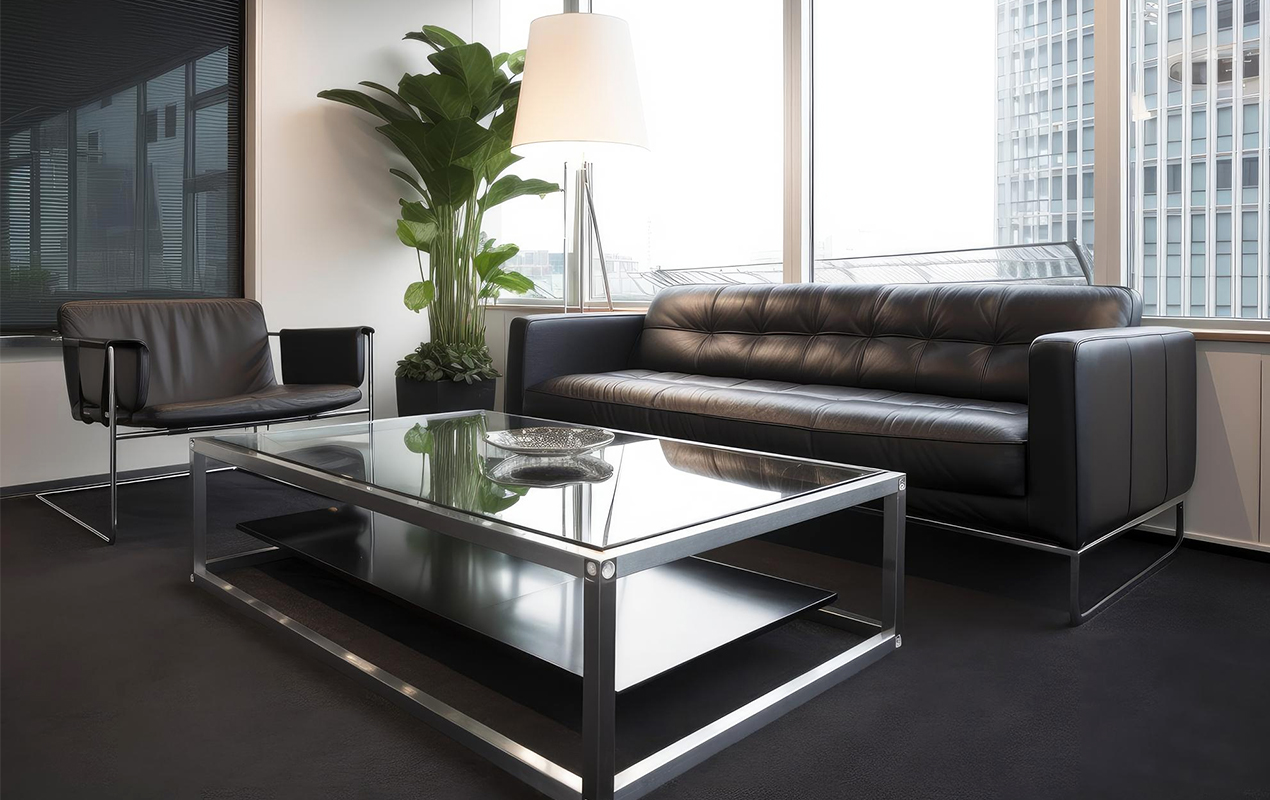
Photo by Studioworkstock from Freepik
The Noise Nuisance
If you value quiet, glass might not be your ideal companion. Unlike wood or fabric, which naturally absorb sound, glass tends to amplify it. The smooth, hard surface acts like a sounding board, bouncing sound back into the environment creating an echo chamber effect. This can be especially noticeable in dining areas, where the clinking of cutlery, the scraping of chairs, and the hum of conversation can become surprisingly intensified.
This isn’t limited to mealtime either. If you’re using a glass table as a workspace, the tapping of keyboards, rustling of papers, or buzzing of your phone can all be magnified, disrupting your concentration and forming a less-than-ideal work environment. This lack of sound absorption is one of the key glass table disadvantages and can be problematic in open-plan living spaces, where sound tends to travel freely. While a bustling atmosphere might be desirable for some occasions, the constant hum can quickly become tiresome and even stressful. If you crave tranquility, it’s worth considering whether the sound properties of glass align with your noise preferences.
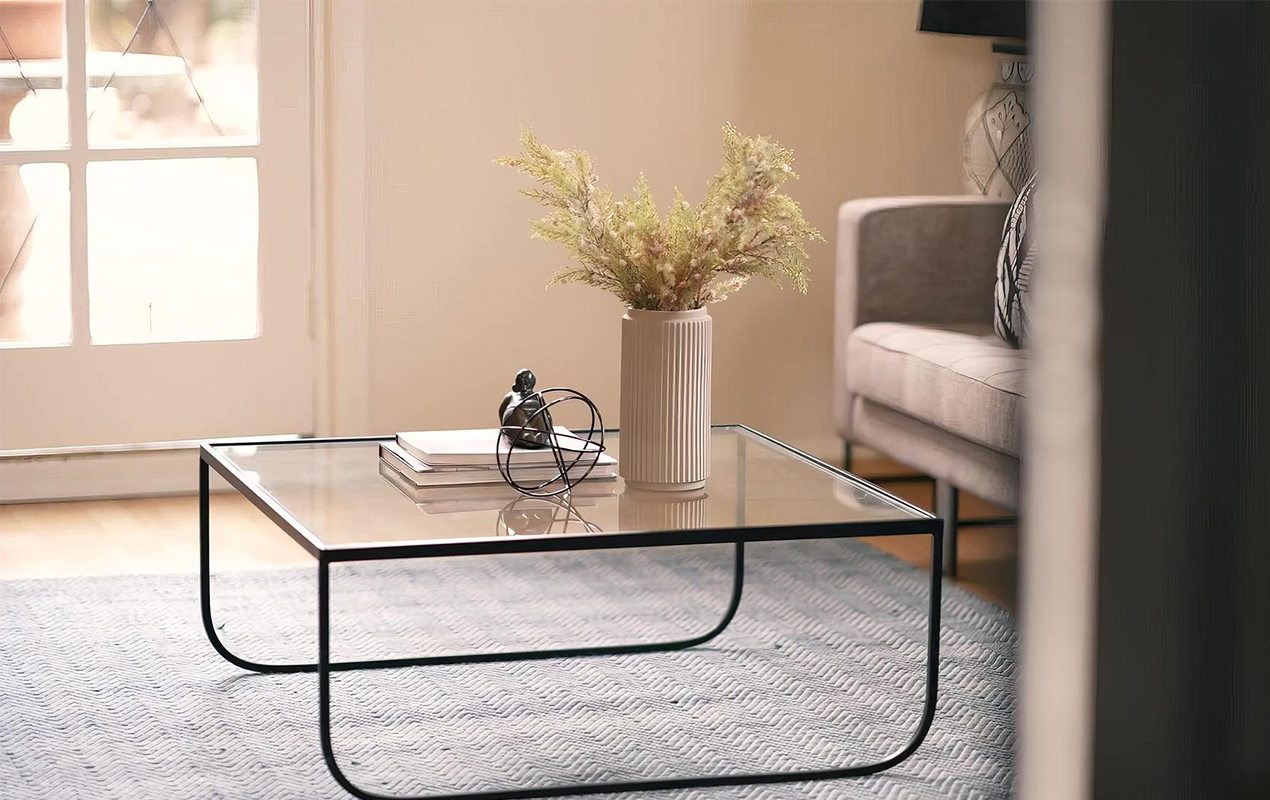
Photo by Sakavik from Freepik
Glass Table Disadvantages: Temperature Sensitivity
Glass tables aren’t just sensitive to touch; they’re also sensitive to temperature. Unlike wood which can withstand fluctuations in temperature, glass is a poor insulator. This means it readily absorbs and transfers heat, making it susceptible to both high and low temperatures.
On a hot day, a glass coffee table placed in direct sunlight can become hot to touch, and in extreme cases, prolonged exposure to high heat can even cause the glass to crack, posing potential safety hazards. This temperature sensitivity extends past extreme cases, with even everyday temperature differences having noticeable effects. On humid days, condensation can form on the cool surface, leaving behind unsightly watermarks.
To mitigate these issues, coasters and placemats become essential accessories. These protective barriers act as insulators, preventing direct contact between hot or cold and the surface. While coasters and placemats can certainly be stylish additions to your setting, they also add an extra layer of maintenance and consideration to the use of your table. If you’re seeking a carefree, low-maintenance option, the glass’ temperature sensitivity might be a factor to weigh in your decision.
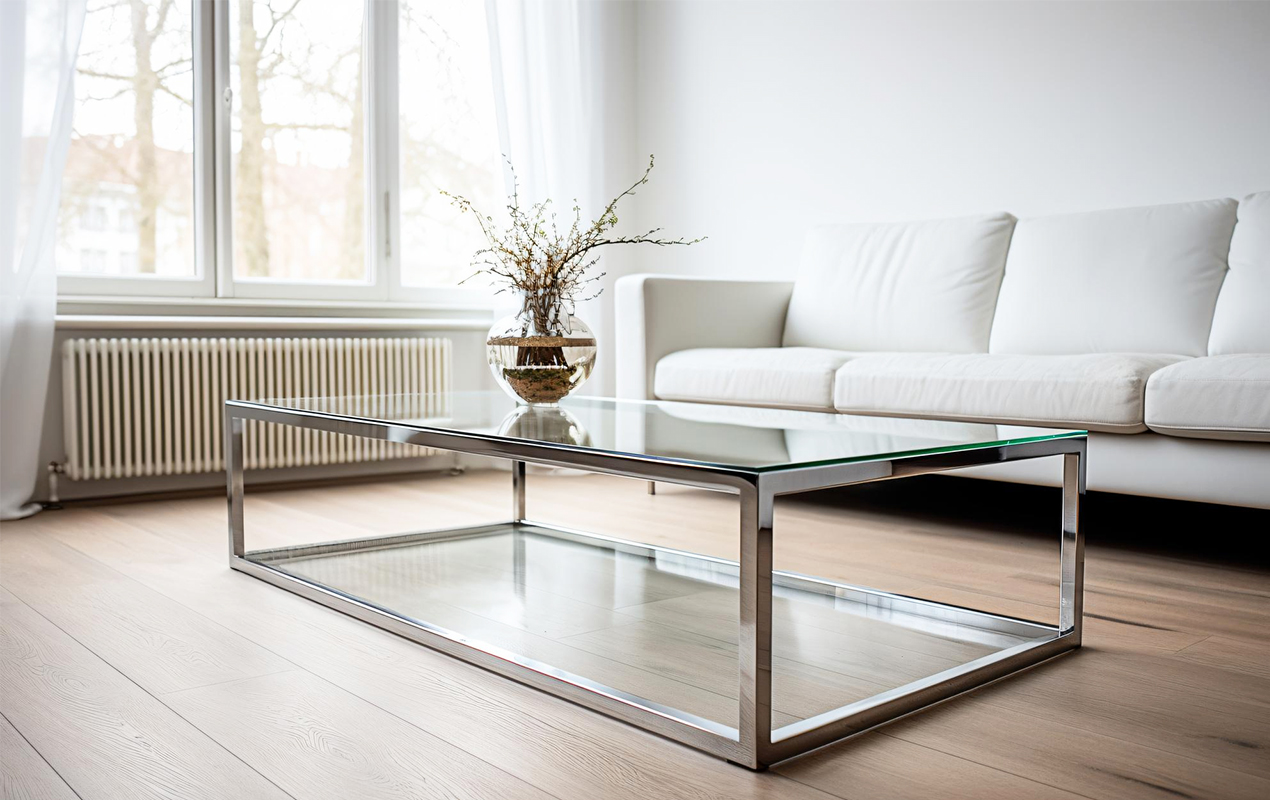
Photo by Wildlight Studio from Freepik
Glass Table Disadvantages: Weight and Mobility
With all their ethereal appearance, glass tables can also be surprisingly hefty, which to some can be seen as a disadvantage. The density of glass, combined with the thickness required for a sturdy tempered glass top can make them quite cumbersome to maneuver. Spontaneous rearrangements or impromptu cleaning sprees become a challenge, requiring a concerted effort and potentially, a few extra hands.
The smooth, slippery surface offers little grip, making it difficult to get a secure hold when lifting or carrying. This can lead to accidental slips, drops, or even back strain as you struggle to handle a heavy piece. The risk of injury increases further if the table has sharp corners or edges, posing a threat of cuts or bruises if not managed with care.
Even if you avoid injury, there’s still the risk of damaging the table itself. A dropped corner or a sudden impact can easily chip or crack the glass, undoing all your efforts to keep it untouched. For these reasons, it’s often advisable to ask for the help of a friend or family member when repositioning a glass coffee table. This reduces the risk of injury and ensures the longevity of your investment.
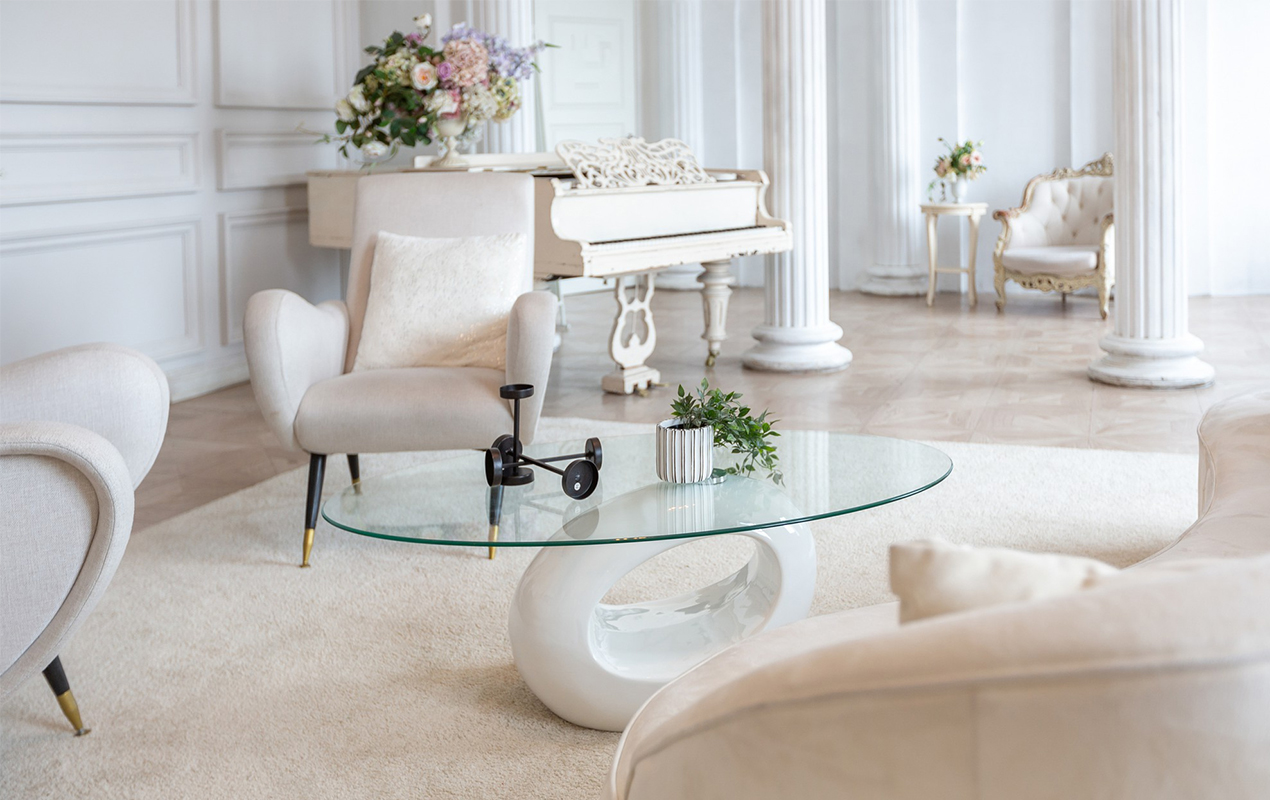
Photo by 4595886 from Freepik
Glass Table Disadvantages: Additional Considerations
While the aforementioned drawbacks are the most commonly discussed issues, there are additional considerations that warrant attention. Firstly, the price tag is often steeper compared to wood, metal, or even plastic counterparts. The manufacturing process, specialized handling, and potential for breakage during transport all contribute to the higher cost. For budget-conscious shoppers, this might be a significant deterrent.
Furthermore, the nature of glass imposes certain limitations on design. While the transparent aesthetic can be visually appealing, it also restricts the variety of styles and finishes available. Unlike wood, which can utilize inlays, carving, stains, or paint in countless ways, glass tends to conform to a more uniform look aside from say a frosted or stained alternative. This may be no issue for those who prefer a minimalist aesthetic, but glass might feel somewhat limiting for those seeking a wider range of design options.
Finally, the reflective quality can, at times, be more of an annoyance than an asset. Glare from sunlight or artificial lighting can produce distracting reflections, making it difficult to read, work, or even hold a conversation around the table. This issue can be especially pronounced in rooms with large windows or bright overhead lighting. While some might find the reflective quality of glass visually intriguing, others might find it bothersome.
These additional considerations, though seemingly minor compared to the major downsides, can nonetheless impact your overall satisfaction with a glass coffee table.
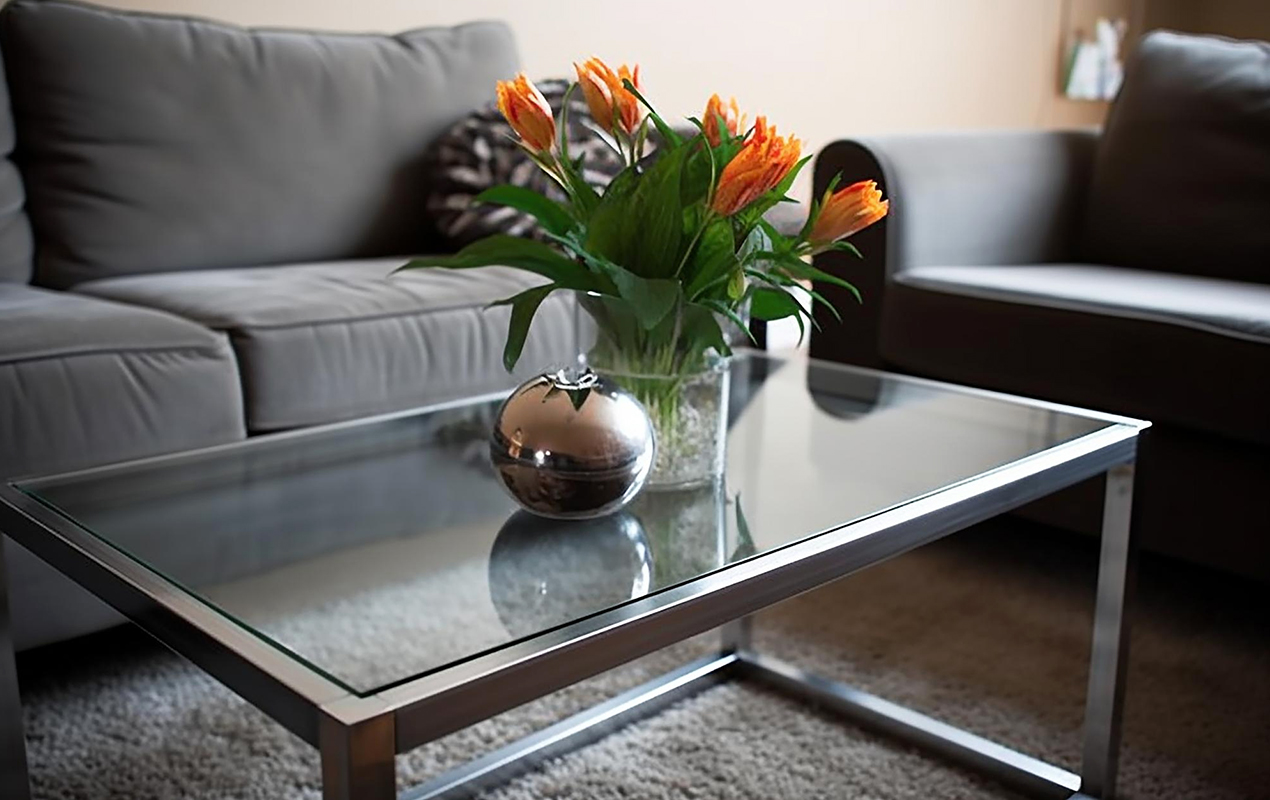
Photo by RashmikaArts from Freepik
Weighing the Pros & Cons – Final Thoughts
While the cons are undeniable, it’s essential to acknowledge their appeal. The transparency of glass effortlessly complements a mixture of interior styles, from modern and minimalist to classic and eclectic. The nature of glass forms an illusion of spaciousness, making even small rooms feel more open and airy. Additionally, they’re remarkably versatile, transitioning from casual dining to formal gatherings, and easily adapting to changing trends.
However, as we’ve explored, glass table disadvantages cannot be ignored. The fragility factor, constant maintenance demands, noise effects, temperature sensitivity, weight, and additional considerations like cost and design limitations all contribute to a complex picture. The goal of a glamorous centerpiece can quickly derail into a reality of shattered expectations and ongoing frustrations.
Ultimately, the decision of whether a glass table is “worth the hassle” boils down to priorities and lifestyle choices. If the aesthetic and adaptability outweigh the potential drawbacks we’ve laid out for you, then glass might be a worthy addition. However, if the fragility, high maintenance, noise, and other issues raise concerns, then exploring alternatives such as wood, metal, or acrylic might be a more prudent path. The key is to weigh the pros and cons, considering your preferences, to ensure your decision brings you lasting satisfaction rather than a string of headaches.

